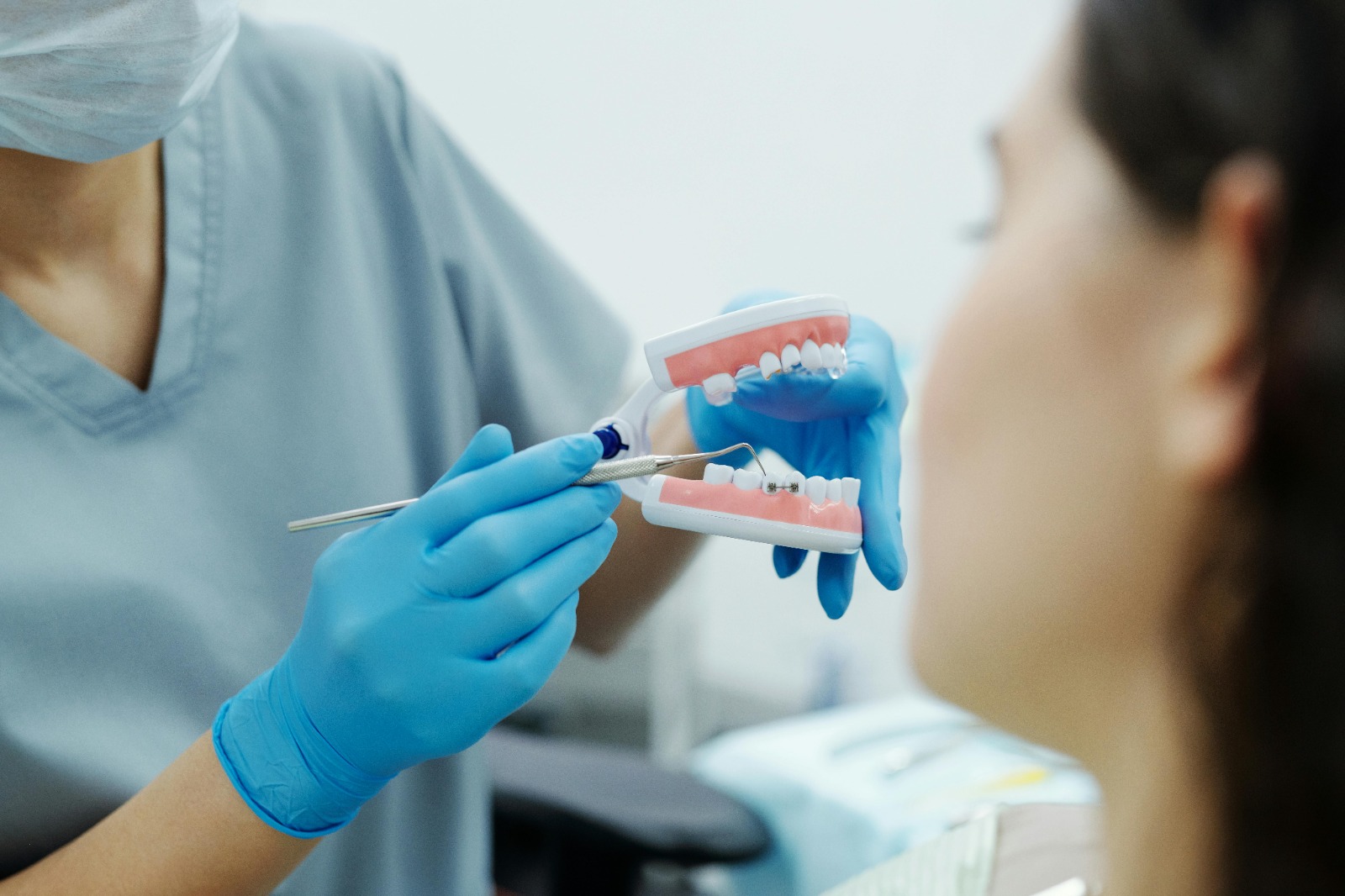30 Sep A Comprehensive Guide to Fixed Braces: What You Need to Know
Fixed braces, often referred to as traditional braces, are a popular orthodontic treatment used to correct misaligned teeth and bite issues. This guide will provide you with all the essential information you need to know about fixed braces, from how they work to their benefits and care tips.
What Are Fixed Braces?
Fixed braces consist of small brackets that are attached to each tooth and connected by a wire. These brackets can be made from metal, ceramic, or other materials. The wire is periodically adjusted by an orthodontist to gradually move the teeth into the desired position. Unlike removable aligners, fixed braces remain in place for the duration of the treatment, which can range from several months to a few years, depending on the complexity of the case.
Types of Fixed Braces
Metal Braces: These are the most common type of fixed braces. They are made of high-grade stainless steel and are known for their durability and effectiveness. Metal braces are often the most affordable option.
Ceramic Braces: These braces function similarly to metal braces but are made of clear or tooth-colored materials, making them less noticeable. They are a popular choice for adults and teens who are concerned about the appearance of metal braces.
Lingual Braces: These braces are attached to the back of the teeth, making them invisible from the front. They are custom-made for each patient but can be more challenging to clean and adjust.
How Do Fixed Braces Work?
Fixed braces work by applying continuous pressure over time to slowly move teeth in a specific direction. The brackets act as handles, holding the wire in place and guiding the teeth. As the wire is tightened, it pulls or pushes the teeth into the correct position. This process involves periodic visits to the orthodontist for adjustments.
Benefits of Fixed Braces
Effective for Complex Cases: Fixed braces are highly effective for treating severe orthodontic issues, including overcrowding, gaps, and bite problems.
Predictable Results: Because they are fixed in place, braces provide consistent pressure on the teeth, leading to predictable and reliable results.
Versatility: Fixed braces can be used to treat a wide range of dental issues, making them a versatile option for many patients.
What to Expect During Treatment
The process of getting fixed braces typically involves several steps:
Consultation: Your orthodontist will evaluate your teeth and discuss your treatment options. This may include taking X-rays, photographs, and impressions of your teeth.
Fitting: During the fitting appointment, the brackets are bonded to your teeth, and the wire is attached. This process can take a couple of hours.
Adjustments: You will need to visit your orthodontist regularly (usually every 4-8 weeks) for adjustments. During these visits, the wire may be tightened or replaced to continue moving your teeth.
Removal: Once your teeth have moved into the desired position, the braces will be removed. This process is usually quick and painless.
Retention: After the braces are removed, you will need to wear a retainer to keep your teeth in their new position. Retainers can be fixed or removable.
Caring for Your Fixed Braces
Maintaining good oral hygiene is crucial when you have fixed braces. Here are some tips to help you care for your braces:
Brushing and Flossing: Brush your teeth after every meal using a soft-bristled toothbrush and fluoride toothpaste. Floss daily using a floss threader to clean between the brackets and under the wire.
Avoid Certain Foods: Hard, sticky, and sugary foods can damage your braces and increase the risk of cavities. Avoid foods like popcorn, nuts, chewing gum, and hard candies.
Regular Dental Checkups: Continue to visit your dentist for regular checkups and cleanings to ensure your teeth and gums remain healthy during your orthodontic treatment.
Protect Your Braces: If you play sports, wear a mouthguard to protect your braces and teeth from injury.
Potential Challenges and Solutions
While fixed braces are effective, they can come with some challenges:
Discomfort: It is common to experience some discomfort, especially after adjustments. Over-the-counter pain relievers and orthodontic wax can help alleviate soreness.
Oral Hygiene: Braces can make it more challenging to clean your teeth. Using interdental brushes and water flossers can help maintain good oral hygiene.
Dietary Restrictions: Adapting to a braces-friendly diet can be difficult, but it is essential to avoid damaging your braces.
Conclusion
Fixed braces are a reliable and effective solution for achieving a straighter smile and improving oral health. By understanding how they work, their benefits, and how to care for them, you can make an informed decision about your orthodontic treatment. Remember to follow your orthodontist’s advice and maintain good oral hygiene to ensure the best possible results.




